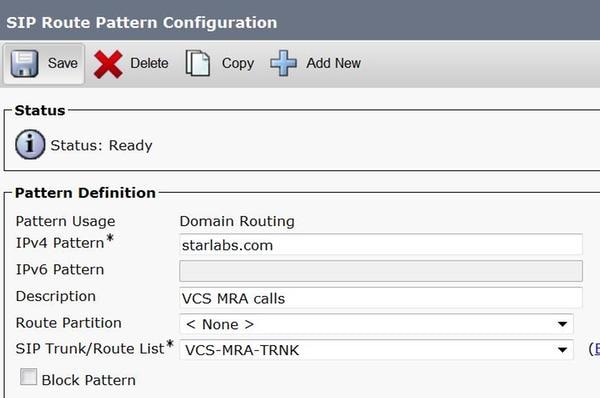

Urn:3GPP:metadata:2005:Keyest:UICCKeyResponseĭefines a format for the key response sent from the NAF Key Center to the Terminal containing the Ks_local key Urn:3GPP:metadata:2005:Keyest:UICCKeyRequestĭefines format for the key request sent from the Terminal to the NAF Key Center requesting a Ks_local key Namespace Specific Strings (NSS) for the Namespace Identifier (NID) equal to 3gpp as described in RFC 5279: URNīrief overview of the functionality associated with this NSS.

Applications for new entries must be made via email to the TSG CT WG1 Secretary. The tables below list URIs registered by 3GPP. Also refers to the SIP methods used for this purpose.Ī SIP message used to reliably acknowledge receipt of an otherwise unreliable message transmission.Uniform Resource Name values maintained by 3GPP: The Notify is the notification of the event itself. The subscription is the request to receive notifications of the events. The two actions in an asynchronous event notification system. Use of the SIP REFER method together with a Replaces header as part of a transfer operation to indicate that a new leg is to be created that replaces an existing call leg.

#Uri sip definition update#
The Resource Priority header field does not indicate that a call is an emergency call (see Request-URI).Ī SIP method that is used to communicate the availability and address of an endpoint to the proxy server that directs incoming calls.Ī SIP method used to update parameters in a call not yet established. SIP Proxy servers commonly change the Request ID (“retargeting”) to route a call towards the intended recipient.Ī header field used on SIP calls to indicate priority that proxy servers give to specific calls. That part of a SIP message that indicates where the call is being routed towards. The ACK for a 2xx response to an INVITE request is a separate SIP transaction.Ī SIP method which passes information, often an Instant Message, between endpoints in the body of the SIP message.Ī SIP method used to send a notification to a subscriber of the occurrence of an asynchronous event.Ī SIP method used to request the SIP protocol options supported by an endpoint.Ī header field in a SIP message containing a URI that the originating network asserts is the correct identity of the caller.Ī SIP method that is used as part of a transfer operation to refer a call to another endpoint. If the request is INVITE, and the final response is a non-2xx, the SIP transaction also includes an ACK to the response. The SIP transaction comprises all messages from the first request sent from the UAC to the UAS up to a final response (non-1xx) sent from the UAS to the UAC. This method is carried in the request message itself.Ī SIP transaction occurs between a UAC and a UAS. The primary function that an SIP request is meant to call on a server. From is generally not treated as reliable unless it is protected by an Identity header.Ī SIP transaction used to pass information from the caller to the called party.Ī SIP transaction used to initiate a session.Ī SIP INVITE transaction within an established session used to change the parameters of a call or refresh a session. Used to carry URIs to such entities as Additional Data for the Call and Caller, and call/Incident Tracking Identifiers.Ī SIP header that describes the caller’s notion of its own identity (Address of Record). Used as the call signaling protocol in VoIP, NENA i2 and NENA i3.Ī SIP transaction used to terminate a session.Ī SIP transaction which is used to cancel an INVITE transaction which has not yet completed.Ī SIP header field which contains a URI referring to some kind of data relevant to a call, and a “purpose” parameter describing what the URI refers to. SIP (Session Initiation Protocol) is a protocol specified by the IETF (RFC 3261) that defines a method for establishing multimedia sessions over the Internet.


 0 kommentar(er)
0 kommentar(er)
